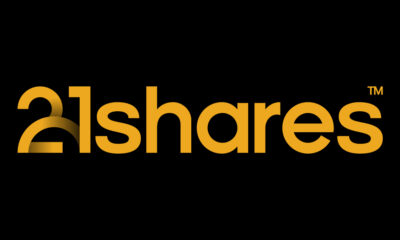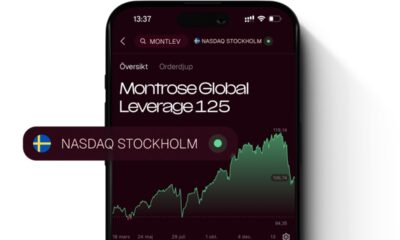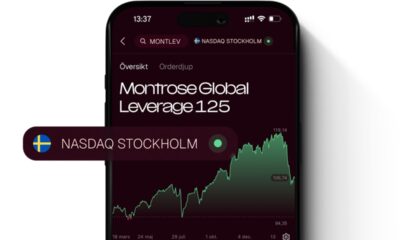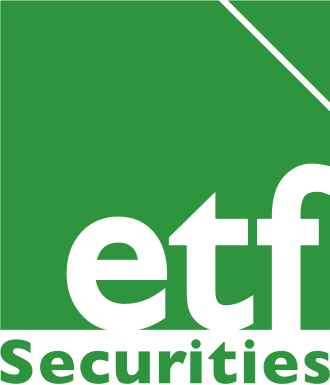ETF Securities Asset Allocation Research – How to make the best of commodities: the contrarian model
Summary
- Commodities used in a passive asset allocation strategy have been underperforming other asset classes for a fifth consecutive year in 2015.
- An exposure to commodities in a balanced or growth portfolio of equities and bonds can still benefit investors with a long-term investment horizon.
- An active strategy such as the contrarian model could have provided an effective protection against the commodities rout over the past 5 years.
Commodities in a passive strategy
While commodities have performed poorly over the past few years, by including commodities in a portfolio of bonds and equities (for example using the Bloomberg Commodity Index) could have improved returns over the past 25 years.
Commodities have historically had a low correlation with other asset classes. Driven by commodity-specific factors, they tend to provide higher return for the same level of risk when added in a standard portfolio of stocks and bonds.
Using a portfolio of stocks and bonds as the benchmark, we run a passive portfolio model under three different styles: cautious, balanced and growth. The portfolios follow a strategic asset allocation model that rebalances every quarter to the original weighting over a period of 25 years.
(Click to enlarge)
*Weights at the bottom refer to the weight of bonds. Portfolio 1 has 10% in commodities.
Portfolio 2 has 10% in commodities ex-energy. MSCI World is the proxy for equities, Barclays
Capital Bond Composite-Global Index for bonds, Bloomberg Commodity Index 3 Month
Forward for commodities and Bloomberg ExEnergy Subindex 3 Month Forward for
commodities ex-energy. Source: ETF Securities, Bloomberg
Our analysis shows that commodities don’t add any value in a cautious portfolio where the allocation into bonds is the highest (80%). While balanced and growth portfolios are by nature more volatile than the cautious portfolios, both substantially outperformed cautious portfolios by 20% and 23%, respectively, on average. In the balanced and growth portfolios, allocating 10% into commodities enhances the portfolio Sharpe ratio regardless of whether the commodity basket includes energy or not.
Role of commodities in a portfolio
The below chart illustrates how commodities in a passive asset allocation model have played a crucial role in enhancing the Sharpe ratio of a standard portfolio of equities and bonds between 1991 and 2005. During these years, commodities posted strong returns for a level of risk similar or lower than stocks. Between 2006 and 2010, the optimal weight of commodities fell to 1.5% and then dropped to nearly zero over the past 5 years to December 2015.
(Click to enlarge)
* MSCI World is the proxy for equities, Barclays Capital Bond Composite-Global Index for bonds and Bloomberg Commodity Index 3 Month Forward for commodities. The risk free rates are equal to 1.39% (1991-1995), 0.92% (1996-2000), 0.90% (2001-2005), 0.65% (2006- 2010) and 0.08% (2011-2015) (5 years average of US 10 years rate). Source: ETF Securities, Bloomberg
Our analysis shows that applying a strategic asset allocation model to commodities works well during periods of strong performance. The years between 2001 and 2005 for instance were ‘the golden years’ for commodities. However, during bear market periods such as that over the past five years, actively managed strategies would have provided better returns than the passive Bloomberg Commodity Index 3 Month Forward.
Examples of active strategies
An active strategy or a tactical asset allocation typically involves getting exposure to riskier securities in order to increase the potential return of a portfolio. An actively managed portfolio generally rebalances the weights based on various types of signals and could involve the introduction of short selling and leverage.
A short exposure to commodities enables investors to benefit from negative spot return and a futures curve in contango. An effective strategy is then to play the shape of the futures curve. In this strategy, investors are short commodities in contango and long commodities in backwardation. Implementing this strategy on futures contracts at the short end of the curve increases the portfolio return significantly but also its volatility compared to traditional commodity indices.
Another interesting strategy is the calendar spread which consists in getting exposure to futures contracts further out on the curve while selling near-term contracts at the same time. Short maturity futures contracts are more sensitive to price movement and roll costs than futures contracts that expire in 6 months plus. Commodity indices exposed to contracts with longer lifespan tend to enhance investors risk/return profile.
The contrarian portfolio
The contrarian model is a hybrid long only asset allocation strategy based on the contrarian reading of four indicators: inventories, positioning, roll yield and price momentum. We derived five portfolios from the model: one based on the contrarian reading of each indicator and one based on the contrarian reading of all four indicators combined. In the latter, each commodity is scored based on how each of their respective four indicators has recently evolved. The selected commodities are then equally weighted in the portfolio with the selection reassessed and rebalanced every quarter.
(Click to enlarge)
*BCOMF3= Bloomberg Commodity Index 3 Month Forward, Global stocks = MSCI World and Global bonds = Barclays Capital Bond Composite-Global Index. Source: ETF Securities, Bloomberg
Over the past 15 years, the best performing contrarian portfolio is the portfolio based on the contrarian reading of the roll yield. Exposed to commodities in contango between its front and third month contracts, the portfolio has outperformed other contrarian portfolios by 32.6% on average. Its annual return over the past 15 years is on average 5 times higher than the annual return of existing commodity indices and global stocks and 4 times higher than the annual return on global bonds.
(Click to enlarge)
*CMCI = UBS Bloomberg CMCI Composite, DBLCI = Deutsche Bank Liquid Commodities Index. Source: ETF Securities, Bloomberg
Over the past 5 years, while enhanced or optimised commodity indices are falling 12% per year on average, the momentum and roll yield portfolios have been flat. Global stocks rose 4.4% and global bonds increased by 2.4% per year over the same period.
(Click to enlarge)
*Risk-free rates equal to 1.94% (2001-2015) and 0.38% (2011-2015). Source: ETF Securities, Bloomberg
Over both periods, the volatility of contrarian portfolios has been close to the volatility of existing commodity indices and global stocks. Combined with strong returns, the average Sharpe ratio of the contrarian portfolios is 0.78 over 15 years, 11.3% higher than the Sharpe ratio of global bonds.
All the charts and performance data in this note are based on the price of commodity front month futures contracts excluding fees. Introducing a fixed execution fee of US$1 per day per contract does not have any significant impact on each portfolio annualised return over 5 or 15 years.
To conclude, there are great benefits of taking a contrarian perspective when reading certain indicators such as roll yield. During commodity bull periods, between 2001 and 2010, each contrarian portfolio outperformed other asset class indices by far including commodity. Like existing indices, the model works best during periods of strong momentum for commodities. However, the overall model also provides an effective protection against commodity market downturns such as that over the last 5 year rout.
For more information contact
ETF Securities Research team
ETF Securities (UK) Limited
T +44 (0) 207 448 4336
E info@etfsecurities.com
Important Information
General
This communication has been provided by ETF Securities (UK) Limited (”ETFS UK”) which is authorised and regulated by the United Kingdom Financial Conduct Authority.

 Nyheter4 veckor sedan
Nyheter4 veckor sedan
 Nyheter3 veckor sedan
Nyheter3 veckor sedan
 Nyheter4 veckor sedan
Nyheter4 veckor sedan
 Nyheter3 veckor sedan
Nyheter3 veckor sedan
 Nyheter3 veckor sedan
Nyheter3 veckor sedan
 Nyheter3 veckor sedan
Nyheter3 veckor sedan
 Nyheter3 veckor sedan
Nyheter3 veckor sedan
 Nyheter2 veckor sedan
Nyheter2 veckor sedan



























